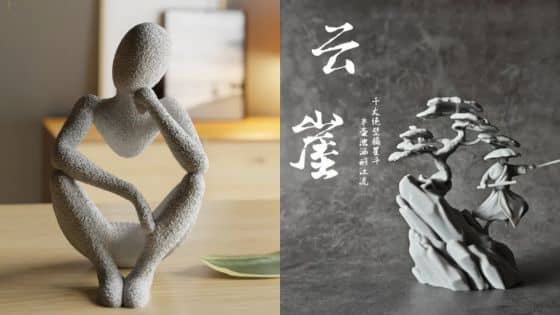When you visit the Vietnam Veterans Memorial in Washington, D.C., you may notice how its simple design quietly stirs something deep inside you. Maya Lin’s vision transformed the way you experience public memorials, using minimalism and strong symbolism to invite personal reflection and healing. As a 21-year-old college student, she broke with tradition, choosing a striking black granite wall that names the fallen and reflects the world around it.
Her design faced intense debate and controversy, yet it has grown to become more than just a list of names—it’s a deeply moving space that connects visitors to history, memory, and one another. The way you move through the memorial often shapes your own emotional response, turning public space into a personal encounter with the past.


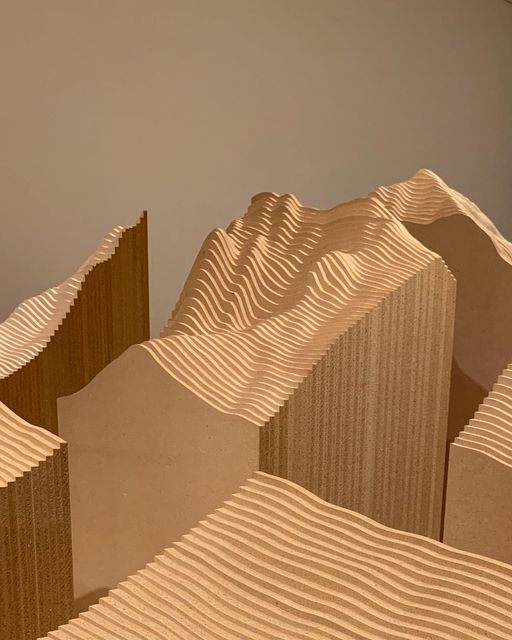
Key Takeaways
- Maya Lin reimagined what a memorial could be through emotional, minimalist design.
- The memorial invites reflection, using symbolism to create personal meaning.
- Public controversy evolved into widespread respect, cementing its legacy.
How Maya Lin’s Vision Redefined Memorial Design
Maya Lin’s design for the Vietnam Veterans Memorial introduced a new vocabulary into public monuments by balancing modern minimalism with deep emotional resonance. Her approach challenged conventional traditions and created a space for reflection and collective memory.
Maya Lin’s Creative Inspiration
You will find that Maya Lin drew significant inspiration from the landscape itself and from the act of remembrance. As a student at Yale, she combined her studies in architecture and sculpture to focus on how spaces affect human emotions.
Her idea was to create a peaceful “park within a park.” She wanted visitors to experience both solitude and connection, using the site’s natural features to guide the viewer’s movement and gaze.
The reflective black granite wall echoes the surrounding trees, lawns, and national monuments. Lin’s vision was inspired less by grand monuments and more by the power of absence and names, creating a contemplative environment rather than one dominated by statuary.
The Design Competition Process
The Vietnam Veterans Memorial Fund hosted a national competition in 1981 to select the memorial design. You might be surprised to know that Maya Lin was only 21 and an undergraduate at Yale when her submission was chosen out of more than 1,400 entries.
The organizers required that the memorial be apolitical, contain all the names of fallen service members, and harmonize with the National Mall’s landscape. Lin’s design was notable for its simplicity: two intersecting walls, engraved with over 58,000 names, pointing towards the Washington Monument and Lincoln Memorial.
Despite some initial controversy over its unconventional form, her entry was praised by the jury for its ability to allow quiet personal interaction and open interpretation. This selection process marked a turning point for memorial art in the United States.
Key Principles of Lin’s Emotional Approach
Lin’s emotional design strategy centered on personal connection and reflection. You see this in the way visitors are invited to walk along the wall, which gradually sinks into the ground. The names, not symbols or figures, become the central element.
Her use of polished black granite creates a mirrored surface. It allows you to see your own reflection next to the engraved names, forging an immediate emotional bond between the past and present.
Lin’s key principles include:
- Using materials that evoke introspection
- Encouraging visitor interaction and movement
- Highlighting individual sacrifice by listing every name
These concepts foster a shared mourning process, encouraging you to remember and honor the sacrifices of Vietnam War veterans in a space that is neither triumphant nor accusatory, but deeply human and honest.
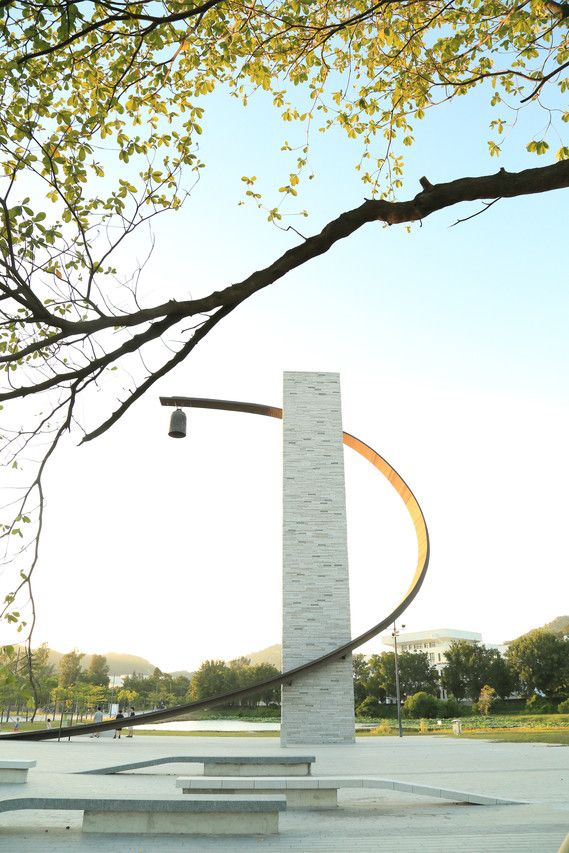
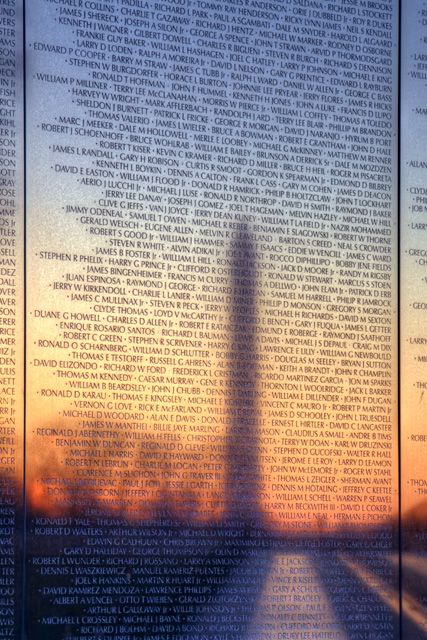
Architectural Elements That Evoke Emotion
Maya Lin’s Vietnam Veterans Memorial transforms how you experience remembrance. Its design choices—material, form, and layout—invite a unique and deeply personal response.
The Iconic Black Granite Walls
You immediately notice the polished black granite used for the memorial’s twin walls. Unlike the traditional white marble of many war memorials, black granite absorbs and mirrors. As you approach, your reflection appears in the stone, merging you with the engraved names of fallen soldiers.
This deliberate material choice allows you to connect physically and emotionally. The reflective surface doesn’t just show your image. It also echoes the presence of absence, evoking a sense of memory and loss.
Black granite’s durability ensures that the names, cut into the stone, remain crisp for generations. Its somber hue emphasizes the gravity of sacrifice without glorifying war.
Intentional Use of the V-Shaped Wall
Lin’s groundbreaking V-shaped wall design alters your expectations of a memorial. Both arms of the “V” are sunken into the landscape, meeting at the lowest point. This form draws you in and subtly guides your journey from one end to the other.
The list of names starts at one apex, rises as you walk, and meets at the center. The walls then recede, symbolizing a closing and a beginning.
The angle of the “V” points toward both the Lincoln Memorial and the Washington Monument, anchoring the memorial within a wider historical context. This orientation connects your personal reflection to the nation’s collective memory.
Creating Spaces for Reflection
You find that the memorial’s layout encourages quiet contemplation. There are no statues or excessive decorations, just space for you, the wall, and thousands of names.
Benches are placed nearby, while the sunken walkway creates a buffer from the noise of the National Mall. This separation invites you to pause, read, and remember at your own pace.
People often leave offerings, such as letters or medals, in the space along the wall’s base. These artifacts become part of the memorial’s emotional landscape, turning a visit into a personal experience with history and loss.
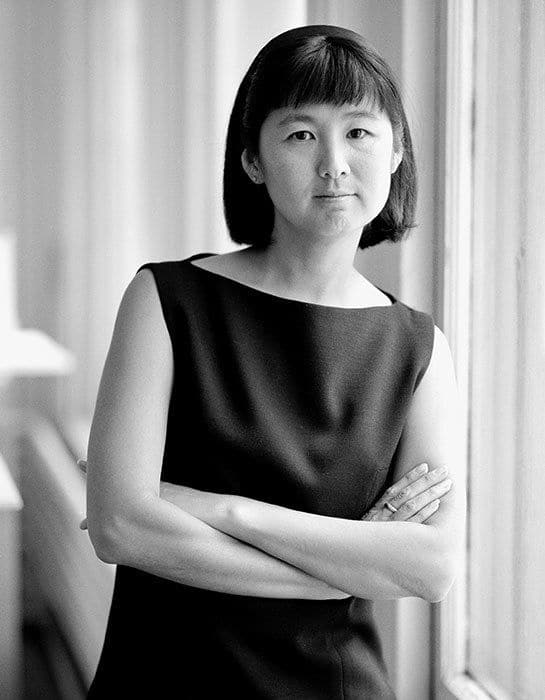
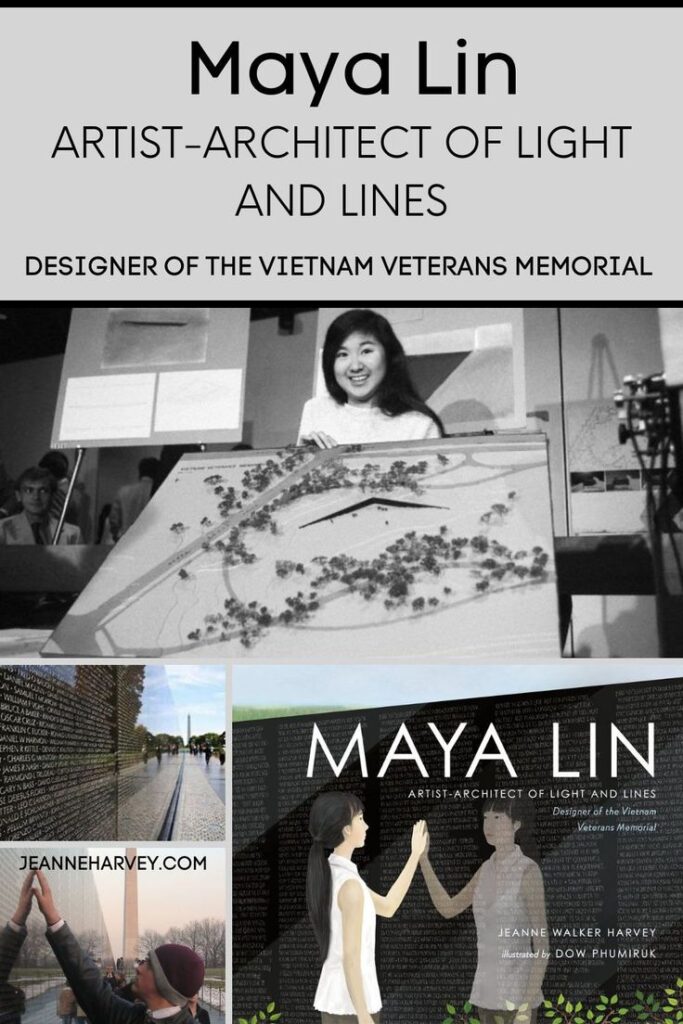
Symbolism and Meaning Within the Memorial
Maya Lin’s design for the Vietnam Veterans Memorial uses simple forms, polished black granite, and the careful arrangement of thousands of names to invite powerful emotional responses. Every choice—from the wall’s shape to its orientation—serves a specific purpose rooted in remembrance, personal reflection, and the site’s historic context.
Chronological Listing of Names
You’ll find that the memorial’s most distinctive feature is its chronological listing of names. Rather than grouping the 58,318 names by rank, unit, or even alphabetically, the wall lists each U.S. military personnel in the order they died or went missing.
This arrangement creates an unbroken timeline of the Vietnam War’s human cost. As you walk along the wall, the sequence of names gently guides you through the conflict, starting in 1959 at one end and concluding in 1975 at the other.
Such a listing demonstrates the war’s scale and the continuous flow of loss, while also making reunions meaningful for surviving veterans and families—those who served together or on the same days can find their names side by side. The approach humanizes every name, allowing visitors to search for a specific individual but also to see each person as part of a larger shared story.
The Power of Personal Reflection
One of the most impactful aspects of your visit comes from how the memorial’s highly polished black granite surface acts as a mirror. As you scan the names, your own reflection appears among them, linking your present with the past.
This design invites quiet contemplation. You see loved ones gently place paper and trace names or leave flowers, medals, or mementos. The experience becomes deeply personal, transforming what could be a detached tribute into an interactive, emotional encounter.
The absence of overt symbols, statues, or dramatic gestures allows you to process your own feelings. The simplicity of the wall lets each visitor find private meaning, whether rooted in personal loss, national memory, or a quest for understanding.
Connections to the National Mall
Placement and orientation are key to how you experience the memorial. The two black granite walls, set below ground level, form a wide V shape that points directly toward the Washington Monument and Lincoln Memorial.
This deliberate positioning physically and symbolically connects the Vietnam Veterans Memorial with America’s broader narrative. You move from a modern site of remembrance to national icons devoted to unity and liberty, grounding each in history.
The setting in Constitution Gardens on the National Mall means your journey through the memorial is both intimate and public. The walls blend into the land, providing a quiet sanctuary yet reminding you that these sacrifices are woven into the nation’s ongoing story.
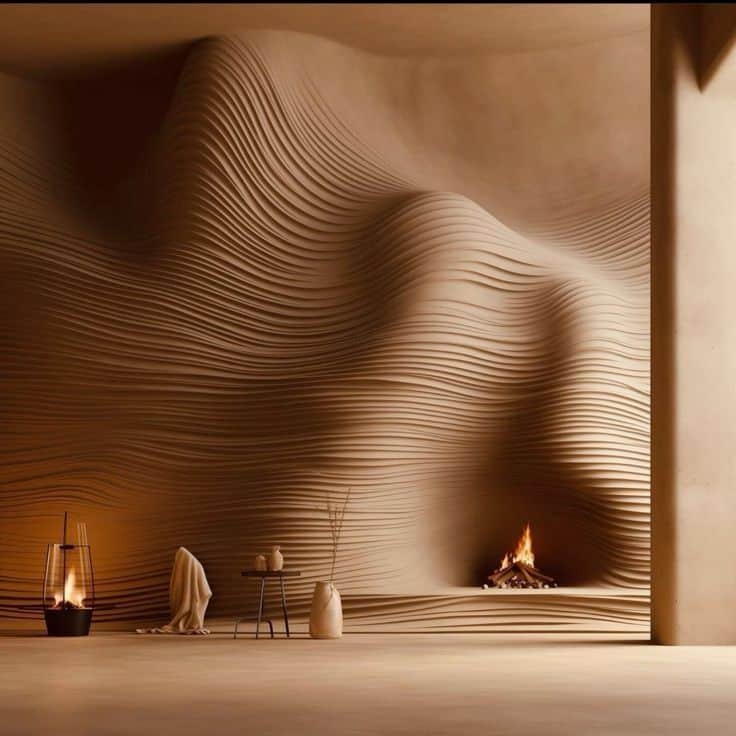

Public Response and Evolving Controversy
The Vietnam Veterans Memorial’s striking design drew immediate attention and sparked strong emotional reactions. As you explore its early days and the shifts in public opinion, you’ll see how ideas about art, memory, and American identity all played key roles.
Initial Controversy and Debate
When Maya Lin’s design for the Vietnam Veterans Memorial was revealed, you would have noticed that it broke sharply from tradition. Unlike typical monuments with grand statues, the memorial used a minimalist black granite wall etched with names.
Many veterans and members of the public found this stark simplicity unsettling. Critics called it a “black gash of shame,” arguing it did not honor the Vietnam veterans in a heroic or uplifting manner.
Debate intensified because the wall’s appearance was unconventional for a national memorial. The lack of traditional patriotic symbols—like flags or eagles—distinguished it further, adding to the controversy and confusion.
The Vietnam Veterans Memorial Fund, which led the effort to build the memorial, faced significant backlash from those who wanted a more conventional tribute. Over time, a compromise added a statue of three soldiers and a flag nearby.
The Role of Identity and Politics
You may notice that Maya Lin’s background became a topic of public discussion. As a young Chinese American woman and undergraduate student, Lin represented a departure from the expected profile of a monumental artist for such a significant war memorial.
Some critics questioned whether someone of her age, heritage, and experience could interpret the Vietnam War’s impact on American soldiers and families. This sparked debates about representation and whose voices should shape how veterans and the war itself were commemorated.
Politics also played a part, with the Vietnam War still a divisive topic in American society. The choice of design stirred concerns about whether the memorial was anti-war, neutral, or adequately supportive of veterans who served.
For many, the identity of the designer and the event’s political context colored their perception of the memorial’s meaning and appropriateness.
How Perceptions Changed Over Time
In time, your perspective—like that of many Americans—might have shifted as you visited the memorial. The wall’s reflective surface encouraged personal reflection and offered a direct, emotional connection to the names etched there.
Veterans began to see the memorial not as a sign of shame, but as a place of healing and remembrance. Families and visitors found comfort in physically touching the names and leaving mementos at the wall.
The memorial’s ability to provoke emotion and participation gradually won over many critics. Today, it is widely seen as a powerful acknowledgment of Vietnam veterans’ service and sacrifice, demonstrating how designs that challenge tradition can become deeply meaningful over time.


The Memorial’s Expansions and Legacy
Over the years, the Vietnam Veterans Memorial has grown to include new elements and inspire changes in how Americans remember those lost to war. These additions and their influence help you experience the memorial as a living tribute with ongoing significance.
The Three Servicemen Statue
You might notice a bronze sculpture of three soldiers standing near the Memorial’s black granite wall. This is the Three Servicemen Statue, added in 1984. It was introduced in response to public requests for a more traditional representation of military service.
The statue depicts three young American soldiers—one African American, one Hispanic, and one Caucasian—to acknowledge the diversity of those who served. Their uniforms and realistic poses capture the era’s details without glorifying war. When you visit, it’s easy to see how their faces reflect uncertainty and camaraderie, making the experience more personal for many visitors.
This addition was designed to complement Maya Lin’s original minimalist wall rather than compete with it. Together, the wall and the statue provide different types of connection and remembrance for you and your family.
Frederick Hart’s Contribution
Frederick Hart, an American sculptor, was chosen to create the Three Servicemen Statue. His work was selected in part because he understood the need to honor tradition while respecting Lin’s modern vision.
Hart spent months studying uniforms, gear, and photographs to make his sculpture as accurate as possible. He paid close attention to each serviceman’s expression, aiming to capture a sense of realism and emotional complexity. You might spot features like detailed rifles, jungle boots, and dog tags—small touches that bring authenticity to the sculpture.
Hart’s thoughtful contribution bridges the gap between abstract and figurative art at the memorial site. His addition invites you to reflect on the different ways memory and sacrifice can be conveyed through art.
Enduring Impact on War Memorials
The Vietnam Veterans Memorial changed the way America approaches memorial design. Before Maya Lin’s work, most war memorials focused on grandeur and heroism, often using classical forms like arches or statues.
After the Memorial opened, you would see a shift toward more contemplative and personal approaches. Names, reflections, and public participation started to play a bigger role in new monuments. The combination of Lin’s wall and statues like Hart’s encouraged you to interact with the space—touching the names, leaving mementos, and participating in ceremonies.
Today, war memorials across the country draw inspiration from this site. By welcoming both minimalist art and figurative works, the Vietnam Veterans Memorial sets a standard for honoring the complexity of conflict and loss in your community.
- 320shares
- Facebook0
- Pinterest320
- Twitter0
- Reddit0










